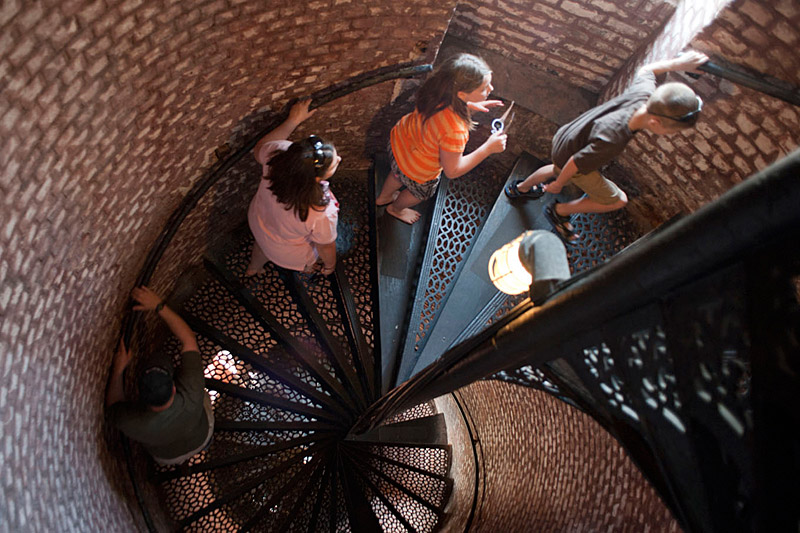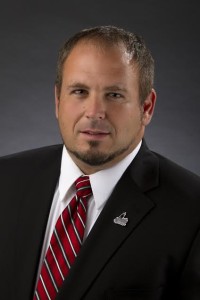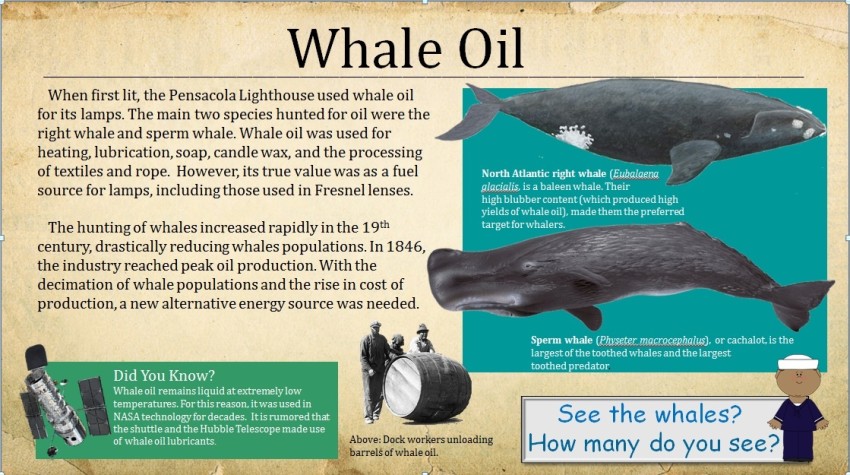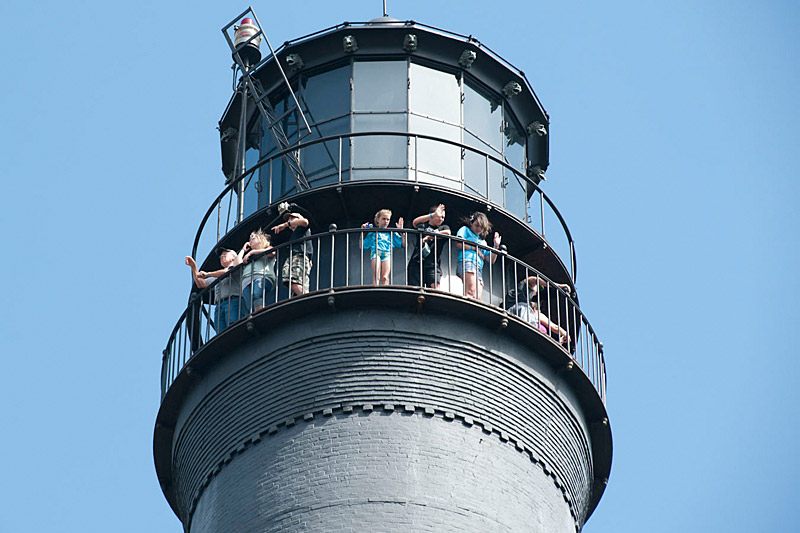Pensacola Lighthouse is shining a light on early education
- December 2, 2016
- / Reggie Dogan
- / education,early-learning,report-early-learning-city

The Pensacola Lighthouse and Museum’s mission is to preserve the past to enlighten the future.
At the center is education, and Executive Director Jon Hill is putting together a plan to focus on young children and early education.
The early learning project will include adding sight words and simple sentence learning boxes on interpretative panels for young readers. The Lighthouse steps will be numbered to help little children learn to count and an onsite facility will be revamped to include activities for children under 5 years old.
Other plans include revamping a standalone building into an early learning classroom as a place to do outreach and educational activities for young children.
The goal is to make the visit for younger children of family and tourists a more engaging experience by focusing on and enhancing early education.
“This will be an opportunity to engage in conversation about early education,” Hill said. “A lot of times we focus on virtual tours, but this is an opportunity for parents to work side by side with their child and learning together.”
Early education was among the key areas of focus of the Studer Community Institute’s Pensacola Metro Report, released in August 2014.
In the latest Florida Department of Education statistics on kindergarten readiness rates in 2014, only 66 percent of Escambia County’s 5-year-olds were kindergarten ready at the start of school.
The early learning initiative at the Pensacola Lighthouse and Museum is another example of the community’s efforts to improve kindergarten readiness by concentrating on early education. It’s also another important step in making Pensacola America’s First Early Learning City.
An Early Learning City is a community that supports early brain development, parent engagement and school readiness for all children, especially for ages 0 to 5 years old. It enlists the entire community in building a culture of lifelong learning, including in its public spaces.
Constructed in 1859, the Lighthouse at Pensacola Naval Air Station offers one of the most panoramic views on the Gulf Coast as visitors climb 177 steps up the historic site.
Because of safety concerns, children younger than 6 years old young children aren’t allowed to climb the lighthouse stairs and have to wait at the bottom of the steps, Hill said.
“So we said instead of excluding them, we thought about what content we should use for them,” he said. “Let’s develop content for them, let’s speak for them. That’s how we came about it.”
In working with his son on his homework at an early age, Hill discovered that he hadn’t grasped the tools needed to be successful in school later. So, Hill sought to find ways to improve children’s ability to compete and excel in school.
About the same time, Hill heard Dana Suskind speak in Pensacola about the Thirty Million Word initiative.
Suskind was invited to Pensacola by the Studer Community Institute to share her expertise on early learning. As part of the University of Chicago’s TMW initiative, Suskind has studied and focused on the importance of language and brain development in babies.
Hill said Suskind’s presentation fit nicely with his idea of integrating early learning at the Lighthouse.
Hill said they agreed to redesign all their signage and give parents the opportunity to engage and involve their children in all the contents and activities at the Lighthouse and Museum.
Instead of standing on the outside while their older siblings and parents take part in the tour, younger children now can become a part of the Lighthouse experience.
For example, a panel that explains the origin of using whale oil to light lanterns will include a lesson that asks the children, “Do you see the whales? How many whales do you see?”
Each of the 177 stairs will be numbers, and the words up and down, high and how will be added to enhance learning.
Signs will be placed at a child’s eye level with bright colors, letters and shapes to attract their attention.
“This gives them the opportunity to read the panel, learn simple words and count numbers,” Hill said.
The building will have a guide inside and the children will take part in a virtual climb so they can see what it’s like to walk to the top of the Lighthouse.
Inside, they will have a live feed and will get the chance to engage in and learn about the history of the location.
“We’ve always brought kids from middle school ages, and now we’re going to bring those pre-K kids and work with them through our signs, our programs and our educators,” Hill said.
Hill recalled an unfortunate incident at the Lighthouse that reinforced the need to make the site more child-friendly.
A little girl arrived at the Lighthouse decked out in a lighthouse-themed dress, but she was too young to climb the stairs and participate in activities.
“She bought the dress just for that day,” Hill said. “Even though we have some things, we didn’t have something specific to give that child an experience.
“What we want to do is to give them an experience to make them lovers of history and help them learn.”
Hill said that integrating early learning at the Lighthouse is a personal issue for him.
As a member of the Florida Lighthouse association board, Hill interacts with more than 30 lighthouses in Florida. There are more than 300 lighthouses across the country.
Hill is sharing his plans with the other lighthouses in the state with the hope that they will consider implementing early learning components at their sites.
“We are having conversations in the museum community about our audiences, how we can reach those audiences and the need to educate younger children,” Hill said. “For so long it was hands off, don’t touch and it really wasn’t a welcoming environment for small children. This will be an opportunity to engage in the conversation about early education."



 CivicCon launches with a look at good growth in cities
CivicCon launches with a look at good growth in cities
 Building stronger brains one baby, one parent at a time
Building stronger brains one baby, one parent at a time
 SCI debuts commercial on Early Learning City
SCI debuts commercial on Early Learning City
 Entrecon: World class speakers and an opportunity to sharpen skills
Entrecon: World class speakers and an opportunity to sharpen skills
 PYP Quality of Life survey 2017
PYP Quality of Life survey 2017
 EntreCon Pensacola 2016: A look back
EntreCon Pensacola 2016: A look back
 Leadership tip: getting better employee takeaways
Leadership tip: getting better employee takeaways
 Leadership tip: be interested instead of interesting
Leadership tip: be interested instead of interesting
 Leadership tip: delivering difficult messages
Leadership tip: delivering difficult messages
 Brain Bags boost Arc, Early Childhood Court programs
Brain Bags boost Arc, Early Childhood Court programs